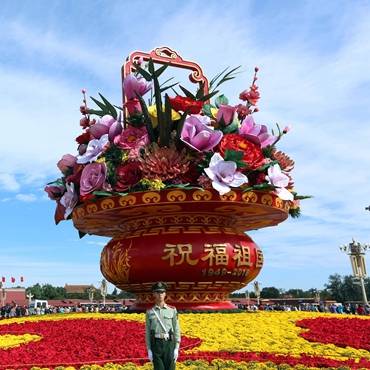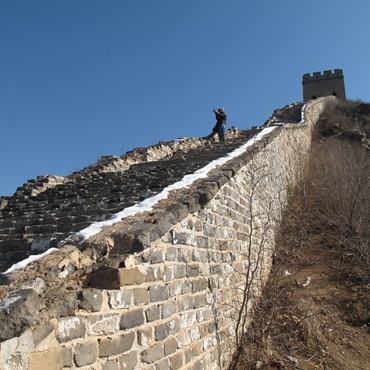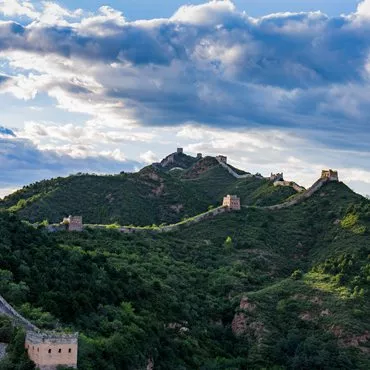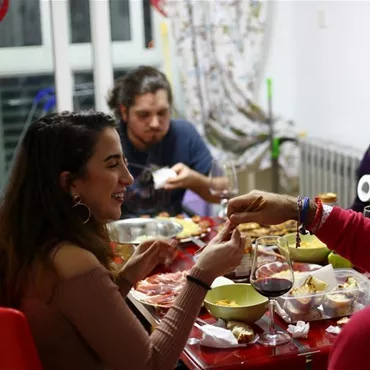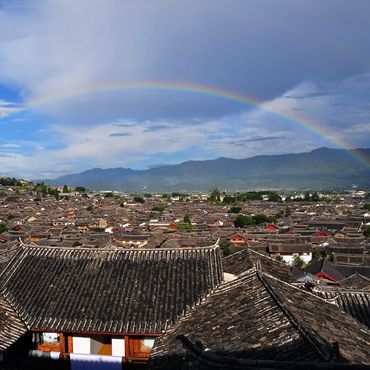Nanxincang Cultural and Pedestrian Street
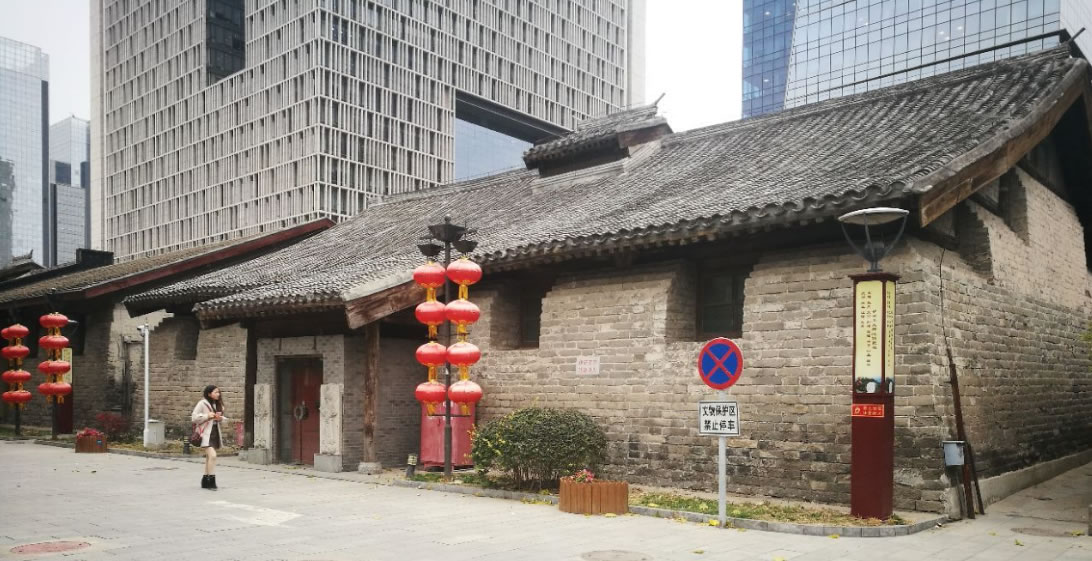
Nanxincang Cultural and Pedestrian Street stands as a testament to Beijing's rich cultural tapestry, where history intertwines with modernity, and tradition flourishes in contemporary spaces. Whether strolling along its cobbled pathways or attending a cultural performance under starlit skies, every visit to Nanxincang promises an enriching journey through time and culture.
Beyond its architectural allure and culinary delights, Nanxincang Cultural and Pedestrian Street fosters a vibrant community spirit. It serves as a hub for cultural exchange and artistic dialogue, where locals and visitors alike gather to celebrate creativity and heritage. The street's vibrant atmosphere, infused with the rhythms of daily life and the echoes of historical resonance, invites exploration and discovery.
For those seeking relaxation, Nanxincang offers a tapestry of culinary experiences. From the aromatic brews of local tea houses to the savory delights of specialty restaurants, every taste bud finds satisfaction amidst the ambiance of traditional and modern decor. Whether savoring a Pedestrianly afternoon tea or sampling gourmet dishes with friends, Nanxincang caters to every palate.
Visitors to Nanxincang Cultural and Pedestrian Street can explore its rich historical legacy through guided tours of the ancient granary complex, where the whispers of centuries past echo through well-preserved architectural marvels. The cultural section invites patrons to immerse themselves in artistic expression, from contemporary exhibitions in the art galleries to soul-stirring performances at the music center. Film enthusiasts can delve into cinematic history at the film club, while media studios offer a glimpse into the creative process of cultural storytelling.
Today, Nanxincang has transformed into Nanxincang Cultural and Pedestrian Street, stretching over a kilometer. It comprises ancient granaries, replica historic buildings, and the ground floors of the Nanxincang Business Tower. Over 30 merchants have established operations here, categorized into cultural and Pedestrian themes, encompassing art, entertainment, and culinary delights. Cultural offerings include art galleries, music centers, film clubs, media studios, Kunqu opera theaters, and private clubs. The Pedestrian sector features restaurants offering both local and international flavors, bars, and tea houses.
Adjacent to the eastern side of Nanxincang lies the Dong'erhuan, formerly the Tonghui River until the 1960s. In the 35th year of Kangxi (1696), Emperor Kangxi ordered the dredging of the Tonghui River, significantly enhancing its navigability and water flow. Emperor Kangxi's poetic visit to the Tonghui River encapsulated its flourishing state: "Countless masts race against the white waves, flying past the southeastern marshes. The river's spirit endows water with virtue, honoring the toil of agricultural labor." The timeless masterpiece, "The Luhe Supervision Painting," vividly depicts the bustling scenes of the Qing Dynasty's Grand Canal section in Tongzhou (the starting point of the Tonghui River).
Once the imperial granary storing grain for the royal court during the Ming and Qing dynasties, Nanxincang was established in the 7th year of Yongle (1409), succeeding the Yuan Dynasty's Beitaicang. With over 600 years of history, it proudly preserves nine ancient granaries, the largest and best-preserved royal granary complex in Beijing and a testament to the city's history, canal transport, and storage practices.
Nanxincang Cultural and Pedestrian Street is a charming district crafted with passion on the foundation of preserving and passing down the historical culture of Nanxincang. It embodies the essence of "new within the old, fashion within history."

